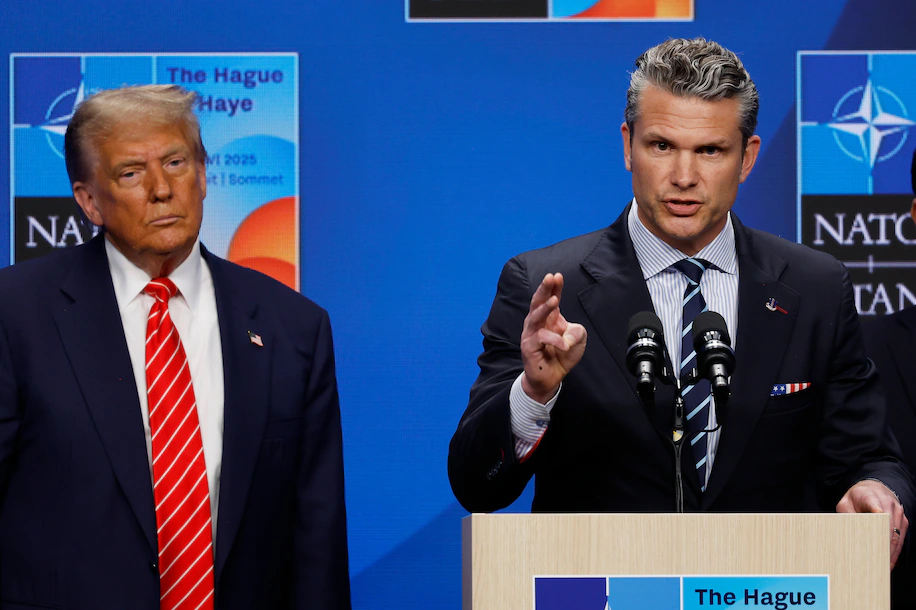The White House plans to limit classified intelligence sharing with Congress after leaks to the press of an early assessment undermined President Donald Trump’s claim that U.S. airstrikes obliterated Iranian nuclear facilities, a senior Trump administration official said, setting the stage for a contentious classified briefing before senators Thursday.
Amid a political battle over what the intelligence shows, the White House is expected to send four of its top national security officials to brief lawmakers: Defense Secretary Pete Hegseth, Secretary of State Marco Rubio, CIA Director John Ratcliffe and Gen. Dan Caine, the chairman of the Joint Chiefs of Staff, administration officials said.
Director of National Intelligence Tulsi Gabbard, who testified in March that U.S. intelligence agencies assessed that Iran was not building a nuclear weapon, will be notably absent.
“Ratcliffe will represent the intelligence community,” the senior Trump administration official said of Gabbard’s absence, speaking on the condition on anonymity to discuss plans not yet made public. “The media is turning this into something it’s not.”
Trump has called Gabbard’s assessment of Iran’s nuclear program “wrong” and largely sidelined her in navigating the United States’ role in the war between Iran and Israel, current and former U.S. officials and people close to the White House told The Washington Post. White House officials have insisted that she is doing critical work.
Senate Minority Leader Charles E. Schumer (D-New York) on Wednesday called on the White House to “immediately undo” its decision to limit classified information sharing.
“The administration has no right to stonewall Congress on matters of national security,” Schumer said on the Senate floor. “Senators deserve information, and the administration has a legal obligation to inform Congress precisely about what is happening right now abroad.”
Axios first reported the White House plans to limit classified information sharing.
The initial U.S. intelligence assessment, first reported by CNN, found that the airstrikes ordered by Trump against Iran’s nuclear facilities set back Tehran’s program by months but did not eliminate it. Trump and White House officials have since adamantly pushed back against the assessment and maintained that the B-2 bombers and submarine-launched Tomahawk missiles fully destroyed the sites.



